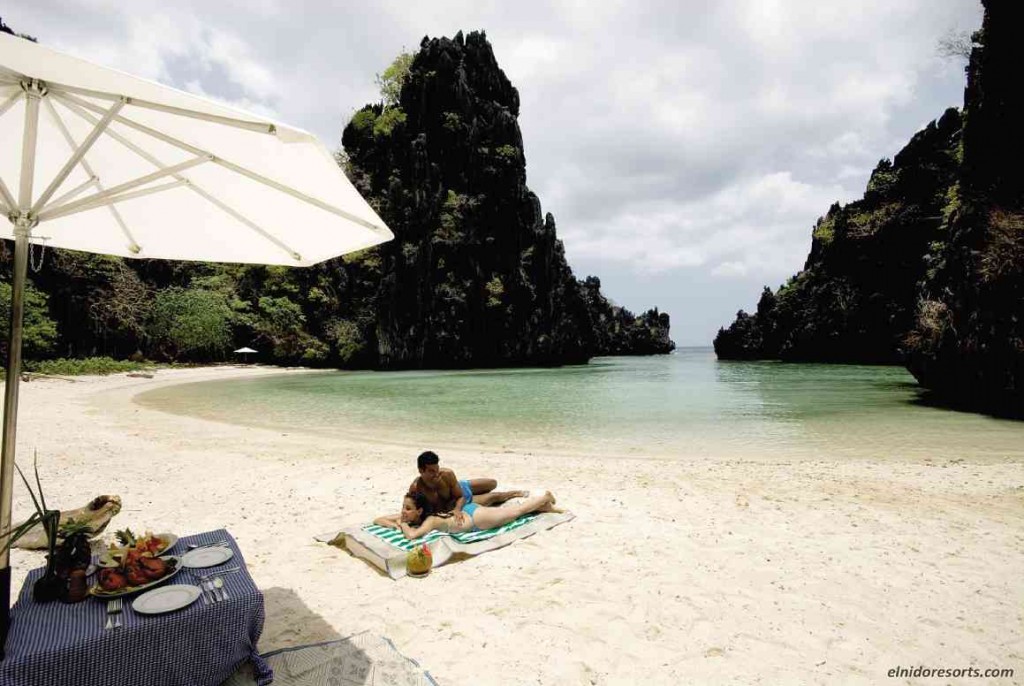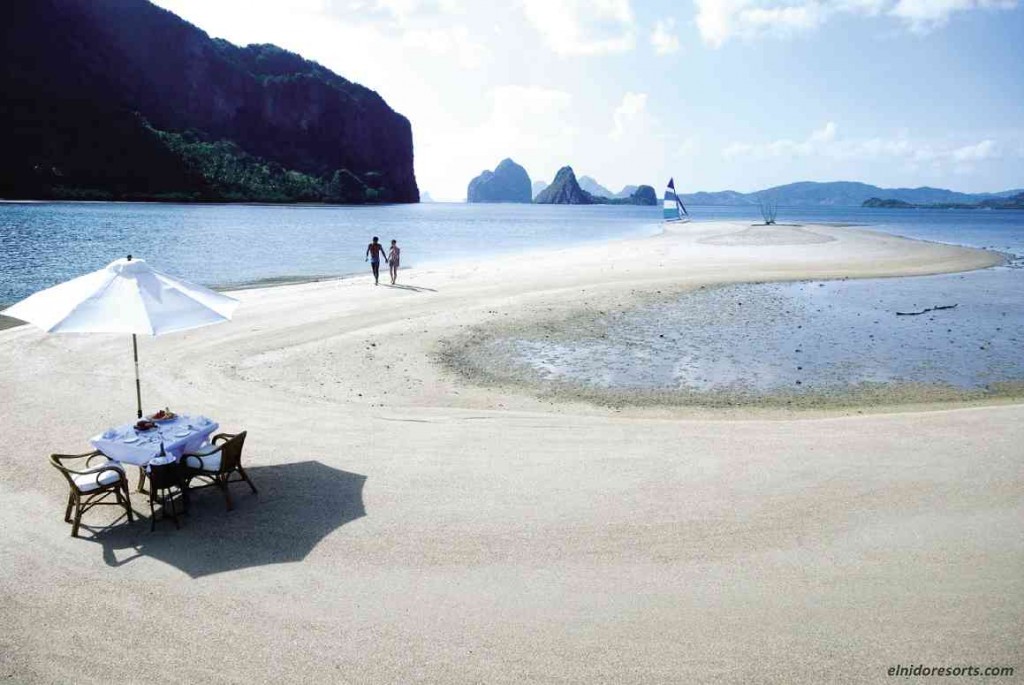Social media gives El Nido Resorts an unexpected boost
LOOKS count a lot when marketing a destination in the age of social media, according to El Nido Resorts operations manager Marc Cerqueda.
Owing to its location in one of the most biologically diverse regions in the globe, the four resorts named after the islands that host them is a photographer’s dream. Even with a point and shoot, the images of Bacuit Bay (where Miniloc, Lagen and Pangulasian are located) and the Sulu Sea (where Apulit is located) are distinct and highly shareable. Thus, the resorts are exponentially winning a global following with little effort.
Take the posts by Los Angeles-based style icon and fashion blogger Aimee Song about her two-day stay in Pangulasian. They achieved results similar to what an ad in a top global fashion magazine could have done. She named the Philippines “one of my favorite places I’ve ever travelled to so far.” She also encouraged her 2.2 million Instagram followers and close to 500,000 Facebook followers to try Palawan in the Philippines “if you’re looking to go on vacation with a limited budget.”
The awareness song created for El Nido dubbed one of the most “outrageously photogenic places in the world” was remarkable. Another travel blogger, Bianca@itsallbee based in London, commented: “Absolutely stunning pictures. This has me wanderlusting about heading to the Philippines.” Danika Maia shared a similar view: “Wow it looks gorgeous there! Never really thought about going to the Philippines but it is very tempting now.”
Facebook posts of El Nido from influential fashion blogger Alexcloset who is based in Paris and Montreal have also made a similar impact on her 30,000 followers. “No big deal,” she wrote with irony below an El Nido photo. “Just chilling in one of the best places I have seen in my little life.” In another top shot of Pangulasian, she writes: “Can’t wait for vacay to begin. That’s not just a photo. I booked this place for real.”
The likes as well as shares and reposts do not immediately translate to bookings for El Nido Resorts, but it does effectively create buzz about the extraordinary biophysical features of the islands. Social media experts have pointed out that most, including Filipinos, generally affiliate themselves with a brand to “associate themselves with something cool,” or “to feel part of a like-minded community,” among other reasons.
These reasons are likely explanations for the popularity on Facebook of El Nido Resorts which is highly recognized as “the last ecological frontier” of the world by today’s highly environment-conscious media audiences. Moreover, those engaged with brands are more likely to recommend it to others, to feel loyal to the brand, and of course, to purchase its products and services.
“Without the benefit of digital advertising, visitors to El Nido Resort’s highly visual Facebook page have been growing organically,” according to Cerqueda. In 2012, when FB was still a channel associated mostly with those below 30 years or younger, its followers registered at 12,000.
Now that Facebook has gone mainstream with close to 90 percent of Philippine Internet users indulging in social media as of 2014, ENR’s followers doubled, then tripled to over 83,000 visitors today. The number is expected to reach the 100,000 mark by year end.
Better yet, of those 83,000 followers, a significant number re-posted, shared, commented or liked the post—activities that make up a brand’s “engagement rate.”
Engagement is viewed as a more superior measure of a social media platform’s effectivity versus just having a following.
Among all Filipino brands, El Nido Resorts got the highest engagement rate in the first quarter of 2014, according to website Socialbakers, a global social media analytics and publishing company that counts half of the Fortune 500 as its clients. El Nido Resorts competed for that distinction against other media brands without the benefit of a hefty digital advertising and promotions budget.
Cerqueda relates that 10 years ago, Filipinos and Japanese made up the majority of the resorts’ visitors.
“Now the whole world has come including Russians, Israelis, Australians, Americans other Asians—who can’t help but post photos of themselves in this part of Paradise and getting the response: “Where is that place,” he says. With the continued popularity of social media, El Nido Resort’s visitors from around the globe are predicted to increase.
“Our goal is to make El Nido a part of everyone’s bucket list of things to do in their lifetime,” Cerqueda says.
He admits that most guests need to save up for an El Nido vacation. It does, after all, take a lot of planning and logistics to fly in guests to this remote part of Palawan still to be serviced by the commercial airlines. Moreover, it takes even more vigilance, manpower and resources to keep these Paradise islands sustainable while meeting El Nido’s room, food and service quality standards.
“We hope to continue offering our brand of eco-luxury—a combination of luxurious amenities and eco-friendly practices,” he said.


